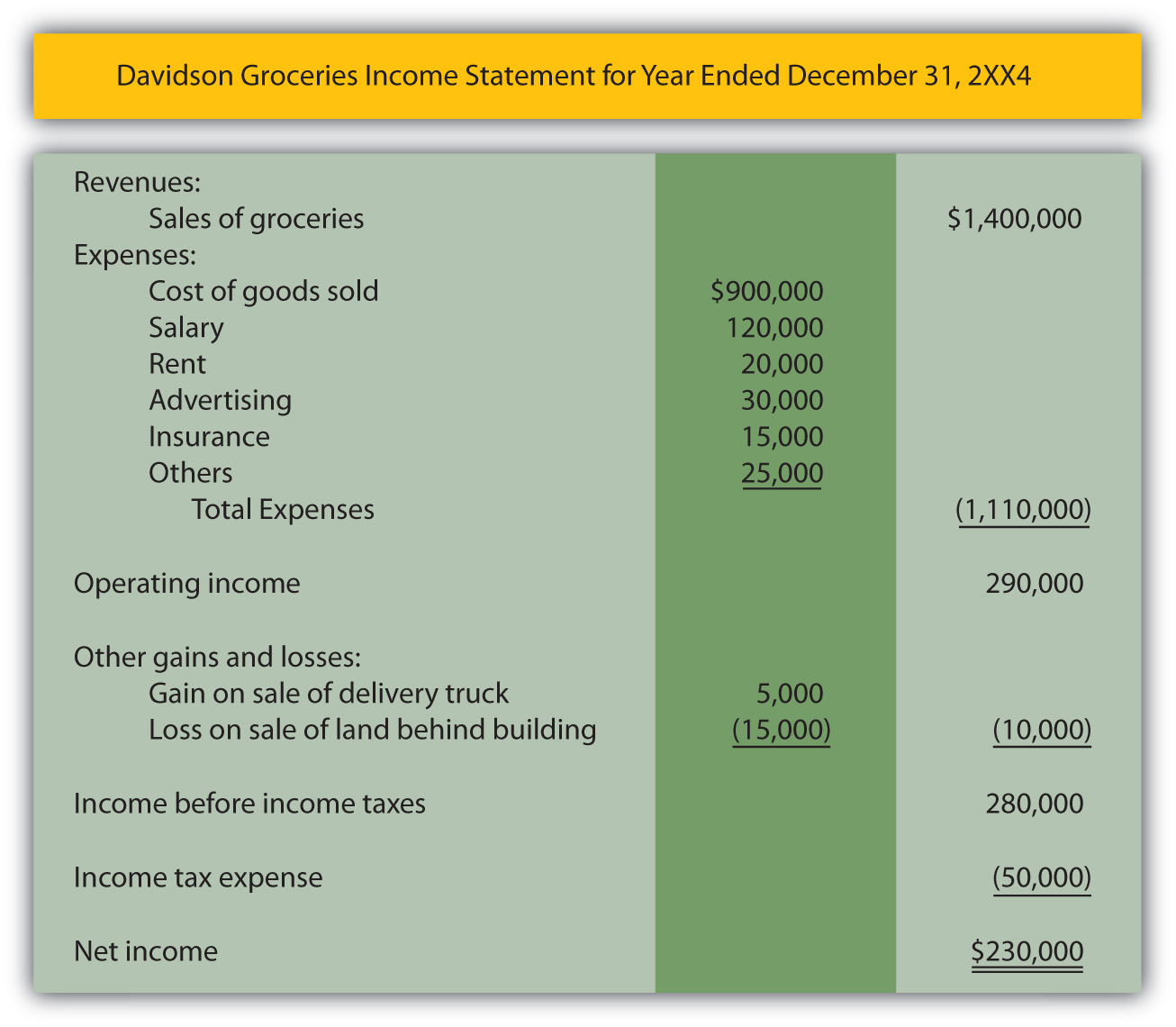

Finance
Injury-In-Fact Trigger Definition
Published: December 9, 2023
Learn the finance industry's Injury-In-Fact Trigger definition and its implications for businesses. Stay informed and make informed decisions regarding finance and liability.
(Many of the links in this article redirect to a specific reviewed product. Your purchase of these products through affiliate links helps to generate commission for LiveWell, at no extra cost. Learn more)
Injury-In-Fact Trigger Definition: A Comprehensive Guide
Welcome to our finance blog! In today’s post, we will delve into the intriguing topic of injury-in-fact trigger definition. If you’ve ever wondered about the legal aspects associated with this concept or if you need to gain a clear understanding of how it works, you’ve come to the right place. In this comprehensive guide, we’ll provide you with essential insights and key takeaways to help you navigate through injury-in-fact trigger definition with ease.
Key Takeaways:
- Injury-In-Fact Trigger: Refers to the event or circumstances that cause an injury or damage, leading to potential liability for financial compensation.
- Legal Context: Injury-in-fact trigger is often used in insurance law to determine when coverage is triggered and when an insured party may be entitled to compensation.
Now that we have our key takeaways established, let’s dive into the details of injury-in-fact trigger definition. In simple terms, the injury-in-fact trigger is the event or circumstances that prompt or cause an injury, leading to possible financial liability. It is a crucial concept in insurance law, where it helps determine when insurance coverage becomes effective and when an insured party can make a claim for compensation.
Injury-in-fact triggers can vary depending on the type of insurance policy and the specific legal jurisdiction. For example, in the context of personal injury or automobile accidents, the trigger could be the moment of impact or the date the injury manifests itself. In other cases, such as property damage or product liability, the trigger might be the discovery of the damage or the occurrence of an accident.
Understanding the injury-in-fact trigger is essential to identify when a claim falls within the coverage period of an insurance policy. It also helps determine the timeline for filing a claim and seeking financial compensation. Failure to establish the injury-in-fact trigger accurately can result in coverage disputes and potential denial of claims, leading to financial hardships for the affected party.
Key Takeaways:
- Insurance policies often contain specific language defining the injury-in-fact trigger. It is essential to carefully review the policy to understand the terms and conditions.
- If you believe you have suffered an injury or damage that falls within the coverage period of your insurance policy, consult with a legal professional experienced in insurance law to assess your options.
To conclude, injury-in-fact trigger definition is a crucial aspect of insurance law. It helps establish when an injury or damage occurred and serves as a basis for determining coverage and compensation. Familiarizing yourself with the specific language in your insurance policy and seeking professional advice when needed will ensure that you are well-equipped to handle any potential claims and protect your financial interests.
We hope this comprehensive guide has provided you with valuable insights into the injury-in-fact trigger. Stay tuned for more informative articles on our finance blog.














